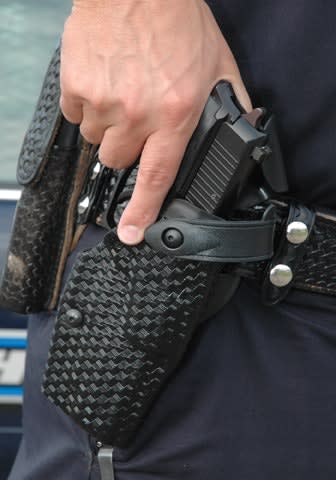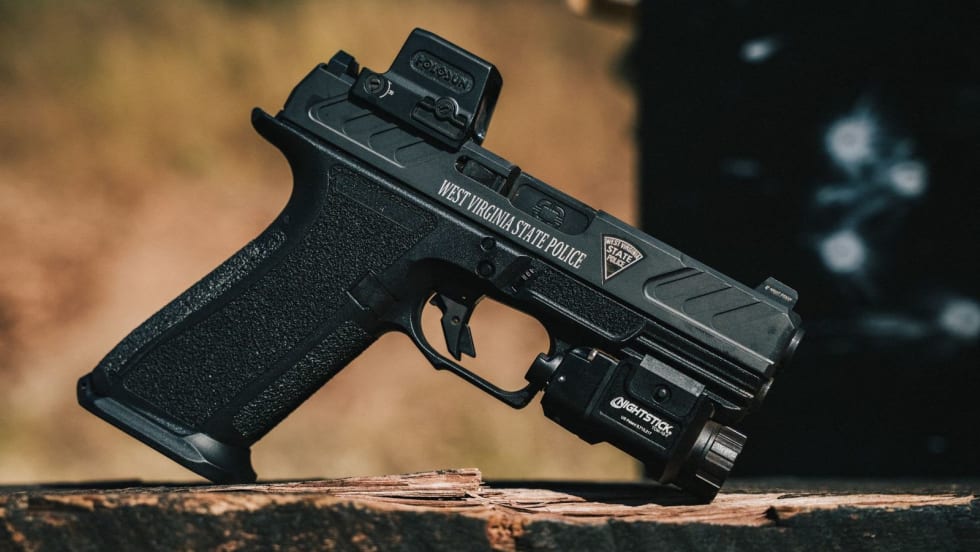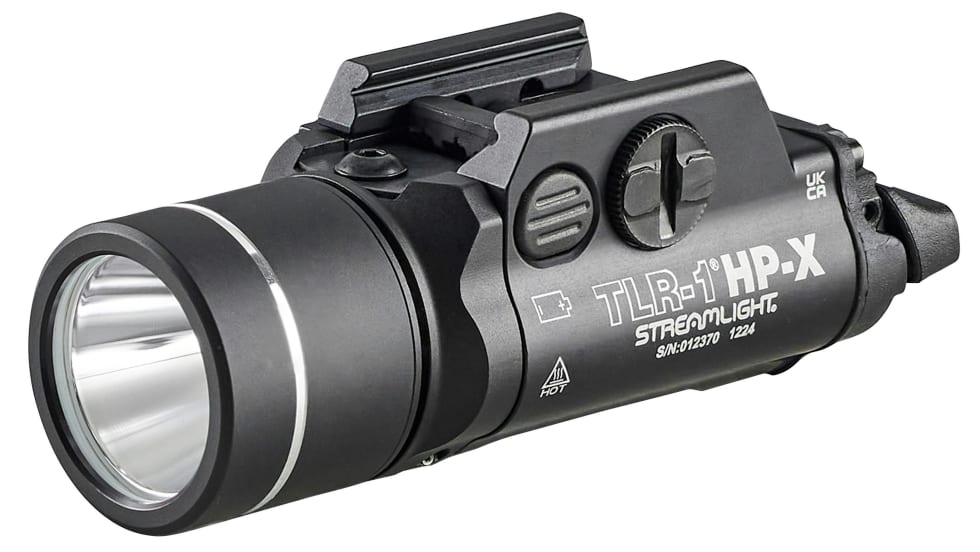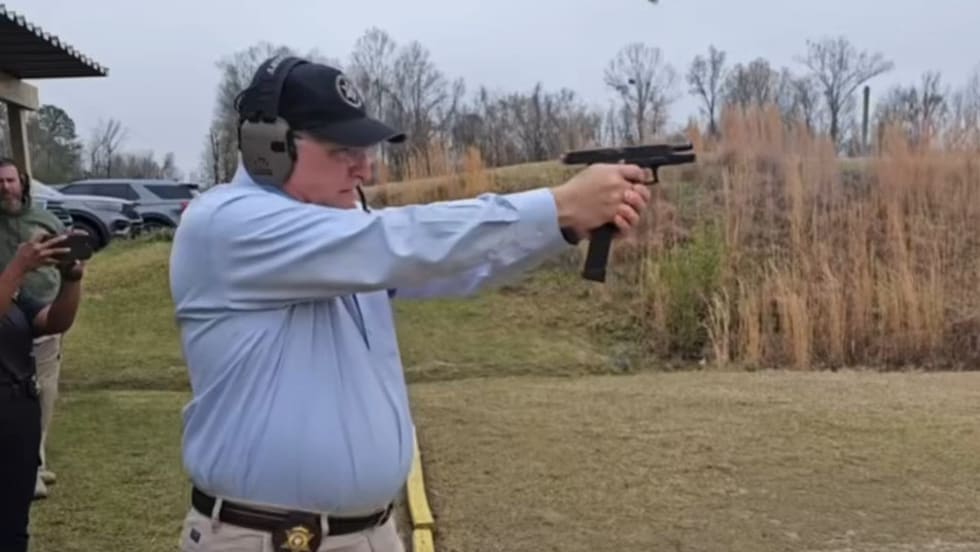These days, weapon retention is a serious subject. And with good reason. About 20 percent of all officers feloniously killed with handguns are slain with their own weapons.
This disturbing statistic is trending up despite the increasing availability of holsters designed to aid officers in weapon retention.
Holsters have come a long way. Back in the day, we had pretty flimsy holsters—often with just a strap or a thumb-break snap. We called them "speed sacks." They would hold your weapon OK, as long as you kept them snapped shut. But if they were "undone," there was a 50-percent chance that your weapon would fall out. Today, holsters have a variety of retention mechanisms, but do they really work?
POLICE asked me to put them to the test, so I contacted six holster manufacturers and asked for a sample of their latest "Level III retention" holsters to examine for this article. Bianchi, BlackHawk, DeSantis, Gould & Goodrich, Safariland, and Uncle Mike's all sent holsters for evaluation.
Admittedly, the testing and evaluation was unscientific. Each holster was examined for fit and finish and then each was mounted on a regular duty belt. Each holster was then tested, meaning that a handgun was inserted, fully secured, then released and drawn numerous times. Testing was carried out in a dry-fire environment, and no live firing was undertaken. Holsters were not adjusted, but were tested straight out of the package. The only exception to this was if the instructions specifically called for an adjustment.










